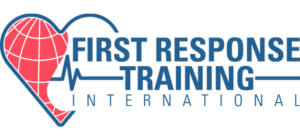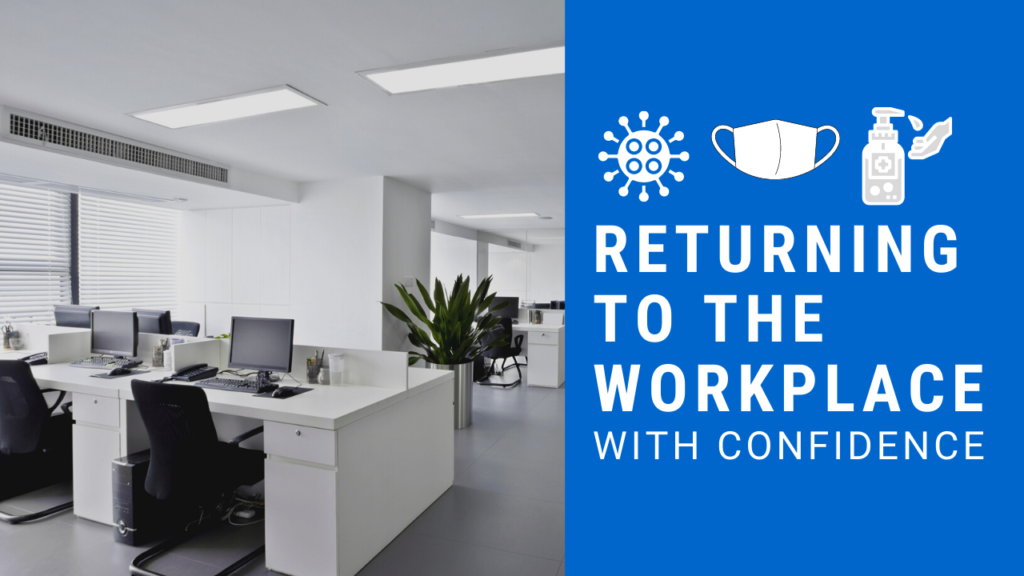We doubt we’re the first to tell you, 2020 was different. Last March sent millions of people to work from home for what we thought would be two weeks. That extended into the summer and for some, working remotely has no end date. However, there are many folks who are going to or have already returned to their places of work. This is a guide to help you and your employees/coworkers return to the workplace with confidence.
- Home Health Checks
- Should be conducted daily by the employee before arriving to work.
- Things to check:
- Temp >100°
- Sore throat, runny nose, congestion?
- New or worsening cough? (aside from any allergies)
- Diarrhea, nausea, or vomiting?
- The onset of severe headache, especially with a fever?
- Fatigue, muscle or body aches, loss of taste?
- Things to consider:
- Where you’ve been
- Who you’ve been with
- Things to check:
- Should be conducted daily by the employee before arriving to work.
- Airborne Pathogens Course
- Learn more about how airborne viruses spread and how to reduce the spread of viruses like COVID-19 by taking our airborne pathogens course.
- Consider how your specific workplace will reduce the spread of COVID-19
- There is no one size fits all solution for all places of business
- Think about what you and your employees or coworkers can do on a daily basis to reduce the risk of spreading COVID-19.
- Temp checks upon arrival
- Signing in and out of your building for contact tracing
- Masks when social distancing is not possible
- What type of sanitizing or disinfecting procedures should be followed?
- Create a procedure to mitigate risk should an employee contract COVID-19
- How should an employee inform an employer that they are feeling sick or that they have tested positive?
- How will other staff be informed?
- What are the conditions that must be met in order to return to work safely?
Now that you’ve read about what we suggest doing to return to your workplace with confidence, we want to know what you’re doing to help reduce the spread of COVID-19. Tell us in the comments below.


